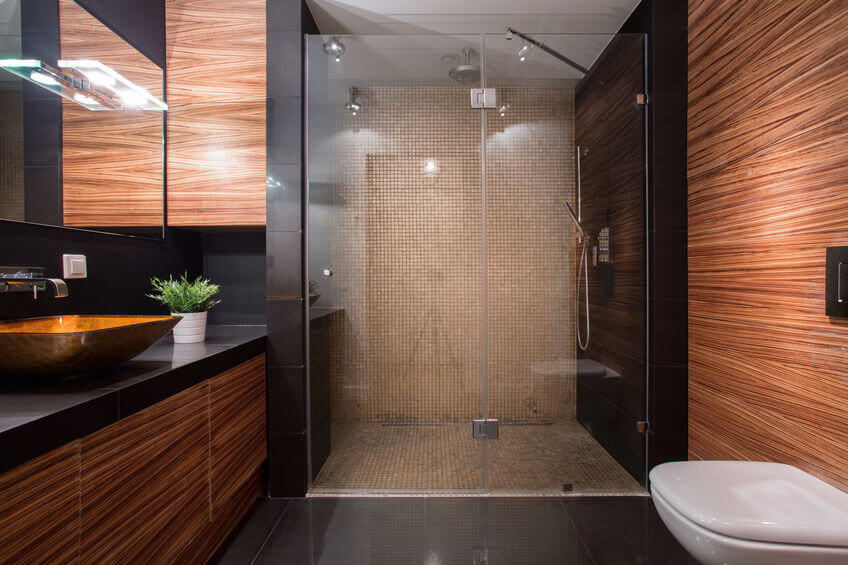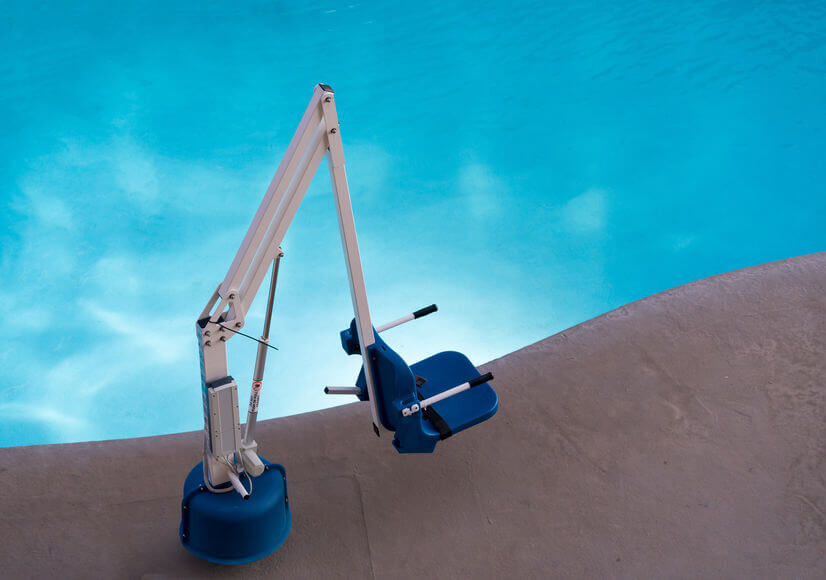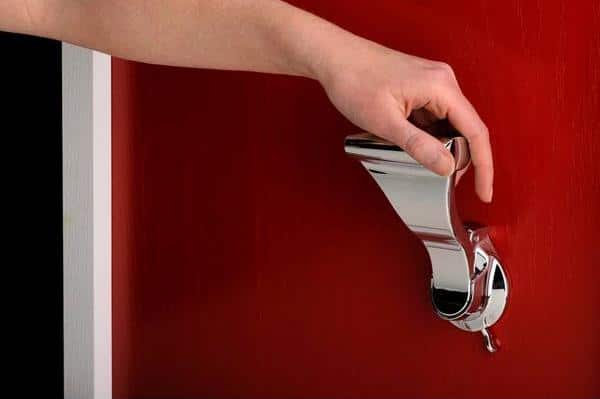Universal design is a broad term to express a big idea. Essentially, the idea is that anything created with universal design should be designed to be used by all (hence the term “universal”).
- Architecturally speaking, universal design would be used in the process of accessibility and functionality for everyone who could enter a structure.
- Products can be developed using universal design as well, to create things that work when used by just about anyone.
- Software products are designed and created so that anyone, no matter of age or comprehension level can perform the needed actions.
- Even information can be made more accessible and universally designed when being created and distributed.
Perhaps the most common form of universal design is in architecture. The term was originally developed by Ron Mace. Mr. Mace was an internationally known architect and developed the process of designing buildings to include all people.
In this article, we’ll highlight X ideas to think about when designing your next structure in order to encompass everyone who may enter its doors.
7 Universal Design Principles
Fortunately, since the term was coined by a single architect, the principles are also clear. Here are the 7 original principles of universal design.
- Equitable Use: As many people can utilize the structure in the same ways.
- Flexibility in Use: Provide spaces and hardware that allows choice and adaptability (for instance, being able to use either hand to open a door.
- Simple and Intuitive Use: Little complexity in both use and understanding (signage, hardware, etc.).
- Perceptible Information: Redundant, clear and easy-to-understand instructions (including signage, pictures, etc.).
- Tolerance for Error: Minimizing and alerting users to the dangers of elements in the structure (hardware, slippery spots, bumps, etc.).
- Low Physical Effort: Limit repetitive tasks, minimize necessary force and provide proper instructions.
- Size and Space for Approach and Use: Accommodate for optimal maneuvering clearances and most equitable grip sizes.
Examples of Universal Design (with Ideas)
Custom Bathroom Design

Just about every facility in the modern world has a bathroom. Single-family homes, hotels, nursing homes, restaurants should all consider universal design as a part of their process (albeit, some more than others).
The one place everyone should be considered is the place where we all share the same need — the bathroom.
Ideas for Universal Bathroom Design
Seating: Proper seating highlights many of the design principles outlined by Ron Mace. Providing a bench in a shower is both equitable and flexible in its use. Providing a sturdy, permanent bench is a great way to allow accessibility.
Limited/Easy Entry: Showers with no doors, a waterproof gate on a tall tub and a flexible showerhead are all great examples of universal design in a bathroom. Many tubs are equipped with easy-to-use fixtures, making it available to the disabled and their caretakers.
Height: Removing steps is a way to keep the height low and using a tall toilet is a great way to show the need for extra height in a bathroom. Keeping handles and other fixtures (i.e. the sink and faucet) low enough for universal use is also important.
Fixtures and Hardware: In addition to their height, fixtures and equipment in bathrooms should be easy to use. The force required to turn on/off the water, access needed toiletries and enter/leave the room are all important parts of universal design.
Universal Hotel Design
Hotels and other hospitality accommodations have some of the most stringent standards when it comes to accessibility. This reality makes it not only good service to use universal design, but a practice necessitated by legislation (in many cases).
Ideas for Universal Hotel Design
Large Bathrooms: Having commonly large bathrooms can make a significant difference in those with (and even those without) disabilities. Having enough space to bring in medical devices and equipment, or childcare items for parents make a bathroom more open to all.
Specialty Rooms: Of course, there is a need to have entire rooms dedicated to those with disabilities. The case for universal design here is to have the room be completely usable by those without disabilities as well. This allows to let out the room regardless of who’s staying in it.
Extra Equipment: Many hotels have extra equipment. Some are “just-in-case”, like extra wheelchairs and cots. Other equipment is strictly to include more people in the available amenities. For example, some hotel pools include an aquatic lift to allow disabled guests to enjoy some time in the water.

Universal Design in Assisted Living and Nursing Homes
Nursing homes and assisted living facilities also need universal design. While a growing number of residents are disabled, there are a large portion of elderly retirees who function well, not to mention the staff of these facilities.
Designing for all creates a place where everyone can work, live and thrive together.
Ideas for Universal Hotel Design
Minimal Force: Perhaps the most important thing for the elderly is to allow them to open and close doors, lift things and push/pull with minimal effort. Using proper design and hardware is crucial to giving those with disabilities confidence in moving around unabated. That’s why we suggest the Ultralatch, a door opening device that is incredibly functional, easy-to-operate and requires less range-of-motion than any other ADA approved door handle.

Simple Layout: Design an assisted living home that is easy-to-navigate and close to all necessary amenities (cafeteria, recreation, etc.) Doing so can increase the satisfaction of residents and the function of the staff.
Aesthetics: Many nursing homes can look and feel like a hospital. Fluorescent lights, machines everywhere and cold floors. Design a structure that feels cozy and there may just be a health benefit to residents feeling more at home.